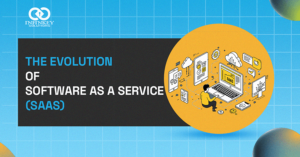Top Cybersecurity Threats in 2025
In today’s digital age, cybersecurity is no longer just a concern for tech experts or large corporations. With nearly everything connected to the internet, from banking and shopping to socializing and working, securing personal and business data has become an urgent priority. As we step into 2025, the evolving threats in the cyber world have made it increasingly crucial to understand the importance of cybersecurity. This article will explore why cybersecurity is more essential than ever and dive into the emerging threats shaping the digital security landscape.
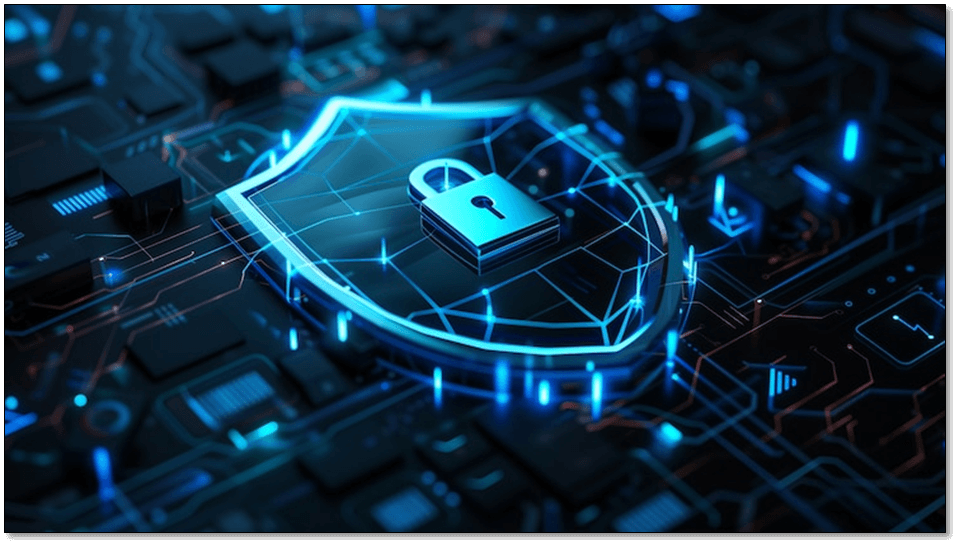
Why Cybersecurity Matters More Than Ever in 2025
Cybersecurity has always been important, but with each passing year, the risks and challenges grow. In 2025, the reasons to prioritize cybersecurity are even more significant.
Digital Transformation
As technology continues to advance, businesses, governments, and individuals are becoming more reliant on digital systems. The rise of cloud computing, Internet of Things (IoT) devices, and AI-driven technologies has expanded the number of touchpoints hackers can target. This increased dependence on technology makes our digital footprints larger and more attractive to cybercriminals.
Personal and Financial Security
Hackers no longer just target businesses; they are after personal data as well. With data breaches becoming common, sensitive information like social security numbers, credit card details, and medical records is constantly at risk. A successful cyberattack can lead to financial loss, identity theft, or worse, long-term consequences for your reputation.
Global Connectivity
The interconnectedness of global systems means that a cybersecurity breach in one country or organization can have ripple effects across the globe. The borders of cybersecurity have become almost nonexistent, making it imperative to adopt global solutions for a shared problem. As global organizations expand their digital infrastructures, the need to safeguard these networks becomes crucial to maintaining business continuity.
Who Should Care About This?
Cybersecurity isn’t just a concern for IT specialists or large corporations anymore, everyone is a potential target in the evolving digital landscape. From individuals to massive multinational companies, the importance of safeguarding digital assets is universal. But who exactly needs to be most vigilant?
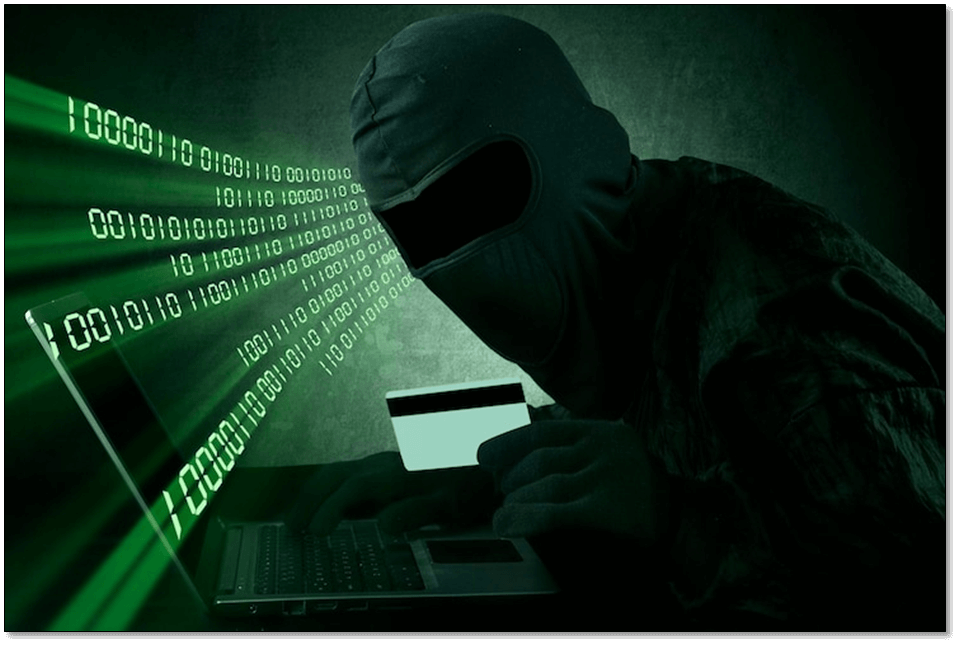
Let’s break it down:
Individuals: Your Data at Risk
In our interconnected world, your data is valuable. Each time you shop online, use social media, or share sensitive information over the internet, you expose yourself to risks. Cybercriminals are increasingly targeting individuals, not just for financial theft, but for identity theft, social engineering scams, and even emotional manipulation.
- Why it matters: If your personal information is compromised, you could face financial loss, damaged credit, or even identity fraud. A breached account can also allow hackers to access your email, bank accounts, or even private messages.
- What you can do: Use strong, unique passwords, enable two-factor authentication, and be wary of suspicious links or unsolicited emails. Stay informed about common threats like phishing or ransomware that specifically target individuals.
Small to Medium Businesses: Cybercriminals Don’t Discriminate
Cybersecurity threats often target small to medium-sized businesses (SMBs) because they are seen as easier targets. Many smaller businesses lack the comprehensive security infrastructure that larger organizations have, making them more vulnerable. But make no mistake, no one is too small to be a target.
- Why it matters: Cyberattacks on SMBs can lead to financial ruin, loss of customer trust, and the disruption of daily operations. A breach could involve customer data, intellectual property, or even confidential business information. Sometimes, it only takes one attack to cripple a business entirely.
- What you can do: Small businesses should focus on setting up basic yet effective security practices like firewalls, regular software updates, employee training on security awareness, and encryption for sensitive data. Having a disaster recovery plan in place is also essential.
Large Enterprises: A High-Value Target
Large businesses, including multinational corporations, hold vast amounts of sensitive data. They are often the primary target of cybercriminals due to the wealth of personal, financial, and operational information they possess. Hackers may target them for financial gain, to steal intellectual property, or to damage the company’s reputation.
- Why it matters: If a large company is breached, the consequences can be catastrophic, not just financially but also in terms of public trust. A breach can affect millions of customers, damage brand reputation, and lead to heavy fines from regulatory bodies for non-compliance with data protection laws. Being Agile vs Doing Agile | Key Difference & Effective Adoption
- What you can do: Enterprises must take a proactive, multi-layered approach to security. This includes advanced encryption, real-time monitoring systems, threat detection, regular audits, and robust employee training. Collaboration with cybersecurity firms for advanced protection is often essential for large organizations.
Governments and Public Institutions: Safeguarding National Security
Governments and public institutions hold not only sensitive citizen data but also critical infrastructure information. Cyberattacks on government bodies can lead to a breach of national security, the exposure of confidential intelligence, and the disruption of public services.
- Why it matters: Cyber threats against governments are not just about financial loss; they can undermine the integrity of elections, expose sensitive diplomatic communications, or sabotage vital services like healthcare or transportation systems.
- What you can do: Governments need to invest heavily in cybersecurity frameworks, secure communication channels, and incident response protocols. Working with cybersecurity experts to defend against state-sponsored cyberattacks is vital to protecting public interests.
Understanding Cybersecurity Fundamentals
Cybersecurity is not just about defending against attacks; it’s about understanding the very elements that need protection in the digital world. Before we dive into specific threats, it’s crucial to understand the fundamentals of cybersecurity, such as what constitutes “digital assets,” the key terms associated with cybersecurity, and how attacks happen in the modern age.
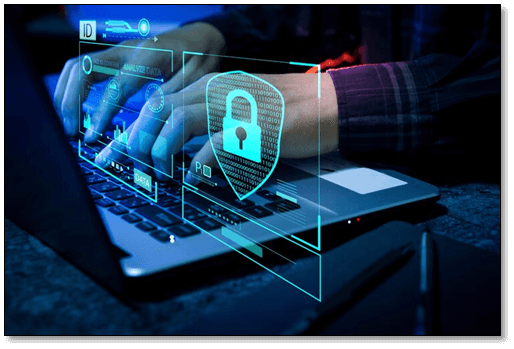
What Are Digital Assets? (Data, Accounts, Devices, etc.)
In the digital world, digital assets refer to any information, devices, or accounts that are valuable and need protection from cyber threats. These assets play a critical role in how we interact with the internet, manage our businesses, and secure personal information. Let’s break them down:
Data:
Data is one of the most valuable digital assets. This includes personal information (e.g., passwords, social security numbers), business data (e.g., client lists, sales records), and intellectual property (e.g., designs, source code). If compromised, sensitive data can lead to financial loss or reputational damage. Artificial Intelligence vs Machine Learning | What’s the Difference?
Accounts:
Our online accounts, such as email, banking, social media, and business accounts, are key digital assets. Hackers often target these accounts to steal personal information or carry out malicious activities like fraud or spam.
Devices:
Laptops, smartphones, tablets, and IoT devices (e.g., smart home devices) are digital assets too. These devices store personal data, access accounts, and connect to networks. A compromised device can serve as a gateway for cybercriminals to access more valuable targets.
Key Cybersecurity Terms You Must Know
To protect these digital assets, it’s important to understand some common cybersecurity terms. Let’s explore a few critical concepts you’ll encounter regularly:
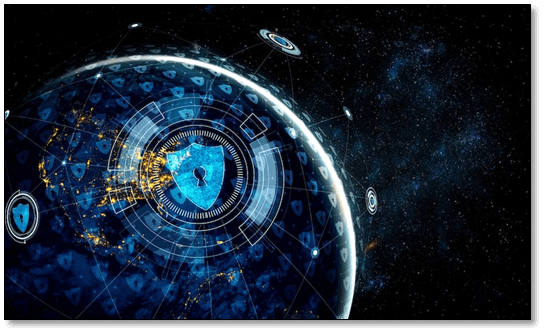
Malware vs. Ransomware
- Malware (Malicious Software): Malware is any type of software designed to harm a system, steal data, or cause disruption. It includes viruses, worms, trojans, spyware, and more. The goal of malware can vary; sometimes it just causes damage, while other times it collects information without your knowledge.
- Ransomware: Ransomware is a specific type of malware that locks or encrypts a user’s files, demanding payment (often in cryptocurrency) to restore access. If you don’t pay, your files remain inaccessible. It’s a growing threat because it targets both individuals and businesses and can be crippling for operations.
Key difference:
While all ransomware is malware, not all malware is ransomware. Ransomware specifically focuses on extorting money by holding data hostage.
Phishing, Smishing, and Deepfakes
- Phishing: Phishing is a type of cyberattack where attackers use fraudulent emails, websites, or messages that appear legitimate to trick individuals into revealing sensitive information like passwords or credit card details. The goal is to steal your data or infect your computer with malware.
- Smishing: Smishing is a variant of phishing, but it involves SMS (text messages) instead of emails. A hacker might send a text pretending to be a trusted organization, like your bank, urging you to click a link or provide personal information.
- Deepfakes: Deepfakes use artificial intelligence to create highly realistic but entirely fake images, audio, or video. This technology can be used to impersonate someone, whether it’s a celebrity, politician, or business leader. Deepfakes can deceive individuals or companies, leading to fraud or misinformation spreading rapidly.
Encryption & Multi-Factor Authentication (MFA)
- Encryption: Encryption is the process of converting data into a coded format to prevent unauthorized access. Even if a hacker intercepts encrypted data, they won’t be able to read it without the decryption key. Encryption is essential for safeguarding sensitive information like passwords, credit card numbers, and private communications.
- Multi-Factor Authentication (MFA): MFA adds an extra layer of security by requiring users to provide more than just a password when logging in. This typically involves something you know (a password), something you have (a phone for a verification code), or something you are (biometrics like fingerprints). MFA makes it much harder for hackers to gain unauthorized access to your accounts.
How Cyberattacks Happen in 2025
The methods cybercriminals use to launch attacks have become increasingly sophisticated. In 2025, cyberattacks are more advanced than ever, taking advantage of both new technology and human error. Here’s how these attacks typically happen:
Exploiting Vulnerabilities in Software & Hardware
Every software or hardware system has potential weaknesses, or vulnerabilities, that hackers try to exploit. As we move into 2025, software updates and patches are critical for closing these vulnerabilities. Cybercriminals take advantage of outdated systems that haven’t been updated with the latest security fixes. For example, a hacker might exploit an unpatched flaw in a widely used application like a web browser or operating system to gain unauthorized access to a system.
Social Engineering Attacks (Phishing, Pretexting, Baiting)
While technology evolves, human psychology remains a major weak point in cybersecurity. Social engineering involves manipulating people into revealing confidential information. Phishing (via email or SMS) remains a common method, where attackers deceive individuals into clicking malicious links or downloading infected attachments. In some cases, attackers might use pretexting (pretending to be someone else, like a coworker or a company representative) to gather information. Baiting involves offering something enticing (like free software) to lure individuals into downloading malicious files. Infinkey Solutions | Leading IT Company in Gujranwala
AI-Powered Attacks and Automation
As technology advances, AI-powered attacks are becoming more common. These attacks use machine learning and artificial intelligence to automate the process of scanning for vulnerabilities or launching large-scale phishing campaigns. Since AI can analyze massive amounts of data in a fraction of the time, hackers can run highly efficient, large-scale attacks targeting thousands of users at once.
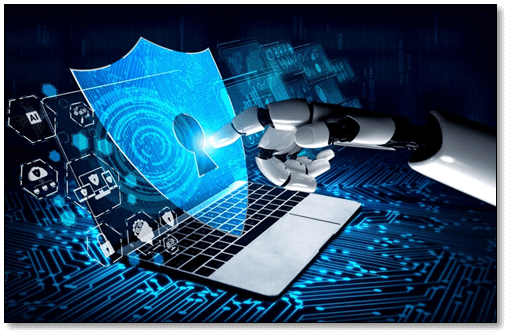
Attacks on Cloud Infrastructure
With the rise of cloud computing, businesses and individuals are storing more data in cloud services. However, this opens up new attack vectors. Cybercriminals target cloud services, looking for misconfigured settings, weak access controls, or unpatched vulnerabilities. If successful, hackers can access vast amounts of sensitive data stored in the cloud.
Supply Chain Attacks
Supply chain attacks have become increasingly popular. In this type of attack, hackers target third-party vendors or partners that provide services or software to a larger organization. By infiltrating a trusted supplier, hackers can gain access to the organization’s network. These attacks are particularly dangerous because they exploit the trust between businesses and their partners.
Essential Cybersecurity Practices for 2025
As the digital world continues to evolve, so do the tactics and tools used by cybercriminals. In 2025, it’s no longer enough to simply install basic security software and hope for the best. To stay ahead of the threats and protect sensitive data, individuals and businesses must adopt a proactive and layered approach to cybersecurity.
Here are some of the most essential cybersecurity practices you must follow to defend against evolving threats in 2025:
Regularly Update and Patch Systems
One of the simplest yet most effective ways to protect your systems from cyberattacks is by ensuring that all your software, operating systems, and applications are up-to-date. Patches and updates often include security fixes that address known vulnerabilities. Failing to update can leave your system exposed to attacks that exploit these weaknesses.
Use Strong, Unique Passwords (and a Password Manager)
Passwords are your first line of defence, but they’re only effective if they are strong and unique. Using weak or reused passwords makes it easy for hackers to break into accounts using common attack methods like brute force or credential stuffing.
Implement Multi-Factor Authentication (MFA)
Passwords alone aren’t enough anymore. Multi-Factor Authentication (MFA) adds an extra layer of security by requiring more than just your password to access accounts or systems. This could include a verification code sent to your phone, a fingerprint scan, or a facial recognition check. Revolutionary Mobile-First Design What It Is, Why It Matters
Encrypt Sensitive Data
Encryption converts data into a code to prevent unauthorized access. Whether it’s sensitive emails, files, or transactions, encrypting data ensures that it remains unreadable to hackers, even if they manage to intercept it.
Train Employees (and Yourself) on Cybersecurity Awareness
Human error is often the weakest link in cybersecurity. Cybercriminals frequently use social engineering tactics to trick people into giving away passwords, clicking on malicious links, or downloading malware. Employee training can significantly reduce the chances of falling victim to these attacks.
Backup Data Regularly
No cybersecurity measure is foolproof, so it’s essential to have a backup strategy in place. Regular data backups ensure that, in case of an attack like ransomware or a system failure, you can restore critical files quickly.
Secure Your Wi-Fi Network
Your Wi-Fi network is a gateway to your entire digital life. If not properly secured, it can be an easy point of entry for hackers looking to access your devices, steal data, or launch attacks.
Monitor Network Activity
Keeping an eye on your network for unusual activity is a proactive way to spot potential threats before they become serious problems. Tools like firewalls, intrusion detection systems (IDS), and security information and event management (SIEM) software can alert you to any suspicious activity.
Keep Software and Applications Secure
Cybercriminals often exploit vulnerabilities in software applications to gain access to systems. Therefore, it’s essential to keep your software and apps updated and protected.
Implement Network Segmentation
Network segmentation is the practice of dividing your network into smaller, isolated sections to limit the scope of a potential cyberattack. If one section of the network is compromised, attackers are unable to easily access the entire system.
Advanced Cyber Threats & How to Counter Them
As cyber threats grow increasingly sophisticated, staying ahead of the curve is crucial. In 2025, new challenges like AI-driven attacks, quantum computing risks, and deepfake scams are reshaping the digital landscape. Here’s a brief guide to these emerging threats and how to protect yourself:
AI-Powered Cyberattacks: The New Threat
AI enables attackers to automate and enhance their attacks, making them more convincing and harder to detect. AI-driven phishing emails, adaptive malware, and rapid brute-force attacks are just a few tactics used to bypass traditional defenses.
How to Protect Against AI Attacks:
- Use AI-based security tools for threat detection.
- Enhance email security with AI-driven filters.
- Enable Multi-Factor Authentication (MFA) to add an extra layer of defense.
Quantum Computing Risks: Is Encryption Safe?
Quantum computers pose a threat to current encryption methods, potentially breaking widely used algorithms like RSA and ECC. Although commercial quantum computers are not yet available, they could compromise data protection within the next decade.
How to Counter Quantum Threats:
- Adopt post-quantum cryptography to future-proof your security.
- Implement Quantum Key Distribution (QKD) for high-security applications.
- Stay informed on advancements in quantum computing.
Deepfake Scams: The Growing Danger
Deepfakes, AI-manipulated images, videos, and audio, are becoming more realistic and are used to defraud, manipulate, and damage reputations. These media forgeries can mimic voices and appearances, tricking individuals and organizations.
How to Spot and Defend Against Deepfakes:
- Verify the source of any suspicious media.
- Look for inconsistencies like unnatural facial movements or lighting.
- Use deepfake detection tools to analyze content for manipulation.
- Practice critical thinking and question the media before reacting or sharing.
By understanding and addressing these advanced threats, you can better protect your digital assets and stay ahead in an increasingly complex cybersecurity environment.
Cybersecurity for Businesses in 2025
As cyber threats continue to evolve, businesses in 2025 face an increasingly complex landscape of risks. From advanced hacking techniques to sophisticated social engineering tactics, the challenge of securing sensitive information and maintaining business continuity is greater than ever. Implementing a robust cybersecurity strategy is essential for businesses to safeguard their data, reputation, and operations.
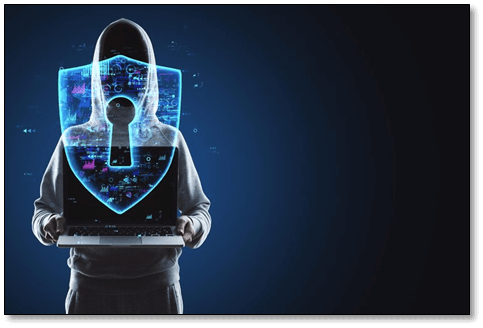
Let’s dive into some of the key components of cybersecurity for businesses in 2025, focusing on employee training, zero trust security models, and incident response.
Employee Training & Awareness Programs
One of the most critical yet often overlooked aspects of cybersecurity is employee training and awareness. Cyber threats are constantly evolving, and the human element remains the weakest link in many security breaches. Hackers often exploit human error through tactics like phishing emails, social engineering, and malware attachments. By training employees to recognize potential threats, businesses can significantly reduce the risk of a successful attack.
Zero Trust Security Models
In 2025, the Zero Trust security model will have become a standard for many businesses as it helps mitigate the risks of both internal and external threats. Unlike traditional security models that trust users or devices once they’re inside the network perimeter, Zero Trust operates on the principle of “never trust, always verify.” This approach assumes that threats exist both inside and outside the network and that every user and device must be continuously authenticated before accessing any resources.
Incident Response: What to Do After a Breach
Even with the best preventive measures in place, breaches can still happen. Having an effective incident response plan (IRP) is crucial for minimizing the impact of a cyberattack and ensuring that a business can recover quickly. In 2025, businesses need to be prepared not just to detect and contain an incident but also to manage the aftermath effectively
Data Protection and Privacy Regulations
In 2025, businesses need to be vigilant about adhering to data protection and privacy laws such as the General Data Protection Regulation (GDPR), California Consumer Privacy Act (CCPA), and other region-specific regulations. Failing to comply with these regulations can lead to severe fines and damage to a company’s reputation.
Secure Third-Party Vendors
Businesses often rely on third-party vendors for various services, including cloud storage, software, and other external partners. A breach in a vendor’s system can compromise your organization’s data and security.
Backup and Disaster Recovery Plans
In case of a breach, a backup and disaster recovery plan is critical to restoring business continuity. Ransomware and other types of cyberattacks can compromise data, making reliable backups indispensable.
Collaboration with Cybersecurity Experts
Many businesses, especially small and medium-sized enterprises (SMEs), may lack the in-house expertise to handle advanced cyber threats. Partnering with cybersecurity experts or managed security service providers (MSSPs) can help bridge the knowledge gap.
Emerging Security Technologies to Adopt in 2025
- AI and Machine Learning for Threat Detection: Enables real-time threat detection and predictive analysis to identify unknown threats.
- Extended Detection and Response (XDR): Integrates security tools across layers for centralized threat detection, investigation, and automated response.
- Blockchain for Data Integrity: Provides tamper-proof, decentralized data storage and verification for sensitive information.
- Quantum Cryptography: Uses quantum mechanics for unbreakable encryption, preparing for future threats from quantum computing.
- Automated Security Orchestration and Response (SOAR): Automates security incident responses, streamlining workflows and reducing response times.
- Biometric Authentication: Enhances access control with fingerprint, facial recognition, and other biometric methods, making unauthorized access more difficult.
Free Tools for Scanning Vulnerabilities
- Nessus Essentials: A free version of Nessus offering basic vulnerability scanning for up to 16 IPs, commonly used for network security assessments.
- OpenVAS: An open-source tool that provides comprehensive vulnerability scanning, including network and web application vulnerabilities.
- Qualys Community Edition: A cloud-based vulnerability scanning tool that helps with detecting security weaknesses, offering free scanning for up to 16 assets.
- Nikto: A web server scanner that identifies vulnerabilities such as outdated software, security misconfigurations, and potential risks.
- Burp Suite Community: A free version of the Burp Suite that focuses on scanning and testing web applications for security vulnerabilities.
- OWASP ZAP: An open-source penetration testing tool that helps identify vulnerabilities in web applications and APIs, widely used by security professionals.
- Acunetix (Free Version): A web vulnerability scanner with a free version that allows basic scanning of websites for SQL injection, XSS, and other vulnerabilities.
- Microsoft Baseline Security Analyzer (MBSA): A tool by Microsoft to scan for missing security updates and misconfigurations on Windows-based systems.
- Lynis: A security auditing tool for Unix-based systems, used to perform in-depth vulnerability assessments and system hardening.
- ClamAV: An open-source antivirus engine that scans for malware and other security threats in files, emails, and web traffic.
Conclusion:
As we move further into 2025, the importance of robust cybersecurity practices cannot be overstated. The digital landscape is constantly evolving, with cyber threats becoming more sophisticated and diverse. Understanding key cybersecurity fundamentals, from digital assets to the terminology surrounding malware, phishing, and encryption, is crucial for individuals and businesses alike.
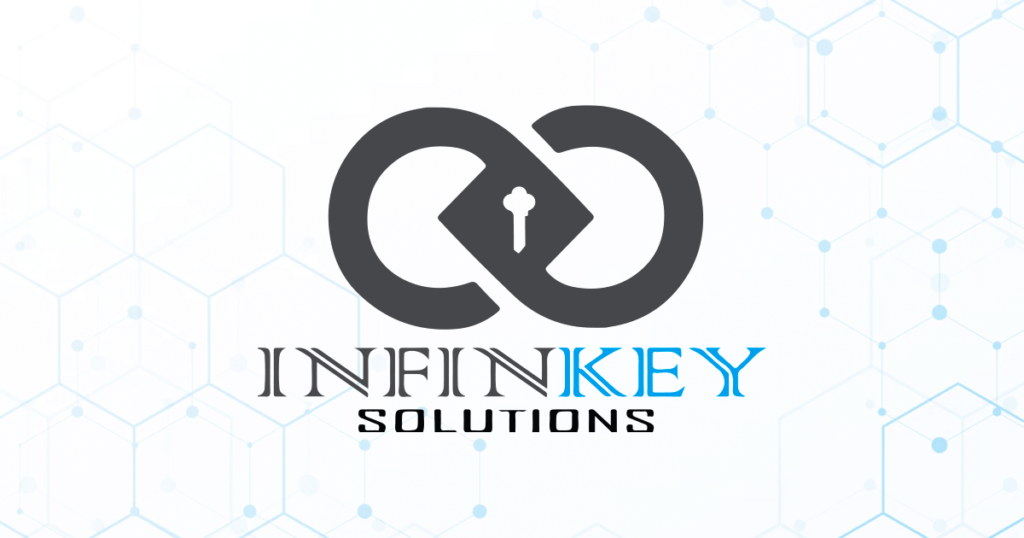
Adopting essential cybersecurity practices, such as regular software updates, strong password management, and multi-factor authentication, can help mitigate a wide range of risks. With the rise of advanced threats like AI-powered attacks, quantum computing vulnerabilities, and deepfake scams, staying proactive and embracing emerging technologies such as AI for threat detection, blockchain for data integrity, and quantum cryptography for encryption is essential for safeguarding sensitive data.
For businesses, training employees, implementing zero-trust security models, and having a solid incident response plan in place are key strategies for building a strong defence against breaches. Additionally, utilizing free tools for vulnerability scanning, like Nessus Essentials and OpenVAS, can help identify weaknesses before they are exploited.
In conclusion, cybersecurity is a shared responsibility that requires continuous learning, vigilance, and adaptation. By staying informed about the latest threats and adopting the right tools and practices, individuals and businesses can significantly reduce their exposure to cyber risks and ensure a secure digital future.
Don’t wait for a breach to take action—secure your digital life today! Share this guide with your team or loved ones to help everyone stay safe in 2025.

